Building of the Day: 91 Pennsylvania Avenue
Brooklyn, one building at a time. Name: Former East New York Savings Bank, now M&T Bank Address: 91 Pennsylvania Avenue Cross Streets: Corner Atlantic Avenue Neighborhood: East New York Year Built: 1889-1890 Architectural Style: Renaissance Revival Architect: Richard Upjohn, Jr. Other work by architect: St. George Episcopal Church, Bedford Stuyvesant; St. Paul’s Church, Cobble Hill,…
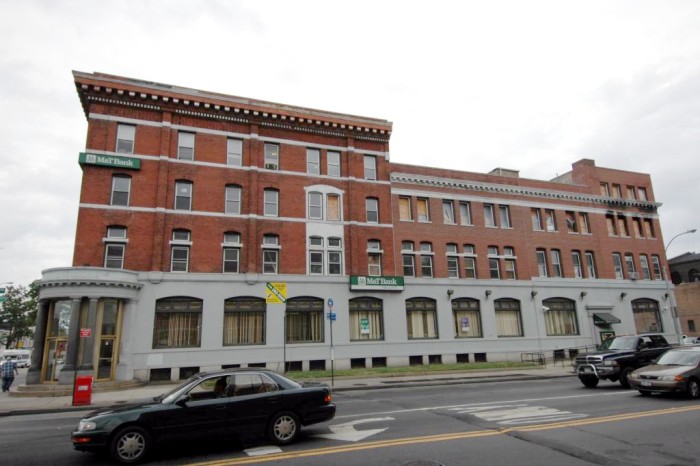

Brooklyn, one building at a time.
Name: Former East New York Savings Bank, now M&T Bank
Address: 91 Pennsylvania Avenue
Cross Streets: Corner Atlantic Avenue
Neighborhood: East New York
Year Built: 1889-1890
Architectural Style: Renaissance Revival
Architect: Richard Upjohn, Jr.
Other work by architect: St. George Episcopal Church, Bedford Stuyvesant; St. Paul’s Church, Cobble Hill, State Capital Building in Hartford, Conn.; First National Bank, Salt Lake City, and much more
Landmarked: No
The story: The part of town we know now as East New York was the 26th Ward in the late 19th century. Considering the 1st Ward consisted of the piers and streets of Brooklyn Heights, this was a far-flung territory, and more proof that the city of Brooklyn was indeed huge, and one of the first rate cities of the United States. The people who settled in the 26th Ward were a determined bunch. East New York had once been New Lots, and New Lots had been an offshoot of Flatbush. Both were settled, beginning in the late 1600s, by the Dutch who established farms on the land, both large and small.
After the Civil War, and moving towards the end of the century, one by one, the Dutch farmsteads were bought out by land developers. The names of the new streets cut across the old fields and meadows were a list of many of these large landowning farmers; Lott, Rapelye, Schenck, Remsen, Stoothoff, Vanderveer, Wyckoff, and others. By the 1870s, large groups of Germans from Bushwick began to settle here, and open businesses and build homes.
One of the largest landowners in the latter half of the century was a man named Edward F. Linton. He and a group of prominent East New Yorkers worked diligently to bring city services to this, the furthest outpost in Brooklyn. He was a tireless promoter of the area, and almost singlehandedly got the city to pave the streets and sidewalks, lay sewer lines, put in streetlights and bring mass transit to the area. His story was told in a series of Walkabouts called “The Landlord of East New York,” beginning here.
The earliest community leaders in ENY really wanted their own bank. Just about every neighborhood had at least one community bank, founded by wealthy local merchants and businessmen, and supported by much of the rest of the community. A bank meant that your community was putting down roots for the long haul. It also meant you didn’t have to get on a train, trolley, or carriage to another neighborhood to do your banking.
A group of prominent men in the 26th Ward established the East New York Savings Bank in 1868. The first president of the bank was Gilliam Schenck, a descendant of one of the area’s oldest and largest landowners. Other trustees included J. Wyckoff Van Siclen, Gustav Dettloff, Peter C. Bergen and John C. Schenck. The bank set up in a building on the corner of Atlantic and Van Siclen Avenues. There were some early troubles, the kind only a small town bank with local people in each other’s business can have, but in spite of that, the bank prospered and grew over the next twenty years.
They outgrew their old building, and decided to build a new headquarters, one that was a representation of the bank, and the community’s growth and prosperity. They picked the eminent American architect Richard Upjohn, Jr. to design a dignified structure at the most important intersection in the neighborhood, at the corner of Atlantic and Pennsylvania Avenues. The Upjohn’s, father and son, were two of the most important architects in New York City.
Best known for their churches, they occasionally did design other buildings, and Richard Jr. had been the architect of the capital building in Hartford, Ct. and had also designed another bank in Salt Lake City. Dad had designed Trinity Church in Manhattan, as well as Grace Church in Brooklyn Heights, and the two had designed the fabulous brownstone entrance gates to Green-Wood Cemetery, and much more. This building is certainly not Upjohn’s finest work, but it is a nice, solid and dignified bank building. More low church than high, it’s not a jaw dropping temple of Mammon, but reflects the temperament of its founders; a low key, but good building.
The cornerstone was laid in November of 1889, and the bank was finished by the next year. Actually, the most embellished part of the building, the columned entrance to the bank, is later and is not original. It dates from around 1917. The bank continued to thrive, and eventually had branches in Manhattan and Queens, with branches also in Suffolk and Nassau Counties. In 1931, they acquired by merger the Brownsville Savings Bank, and in 1991, purchased Gold Dome banks, changing their name. The East New York name did not have the cachet is once had, and the bank went with something that sounded more prosperous. But they stayed in East New York, more importantly. In 1997, Gold Dome merged again, and became the State Manufacturers and Traders Trust Company. They are still the M&T Bank today.
Since this was the headquarters of the bank, at one time, the entire building was occupied by them, with offices and operations in the building attached to this one, along Penn. Ave. This space was not needed by the bank in later years and was rented out to dentists, accountants and other professional services. Today, the bank only occupies the ground floor banking space, and the rest of the building is empty, boarded up and for sale or rent. There are several other large banks in ENY, along Pennsylvania Avenue. The old 26th Ward Bank, a few blocks west, was one of the area’s most popular banks, and a great looking building. Over the years, it was neglected, then cluelessly developed, and now stands as one of the most awful buildings around anywhere. I hope that is not the fate of this venerable building. GMAP
(Photo: Kate Leonova for PropertyShark)
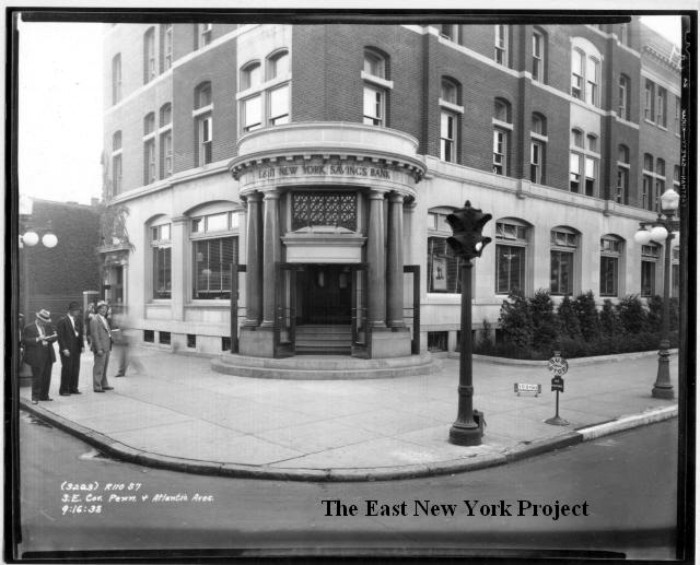
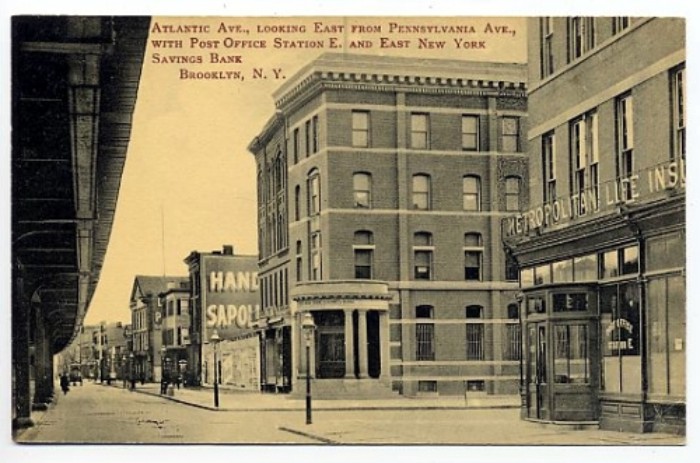


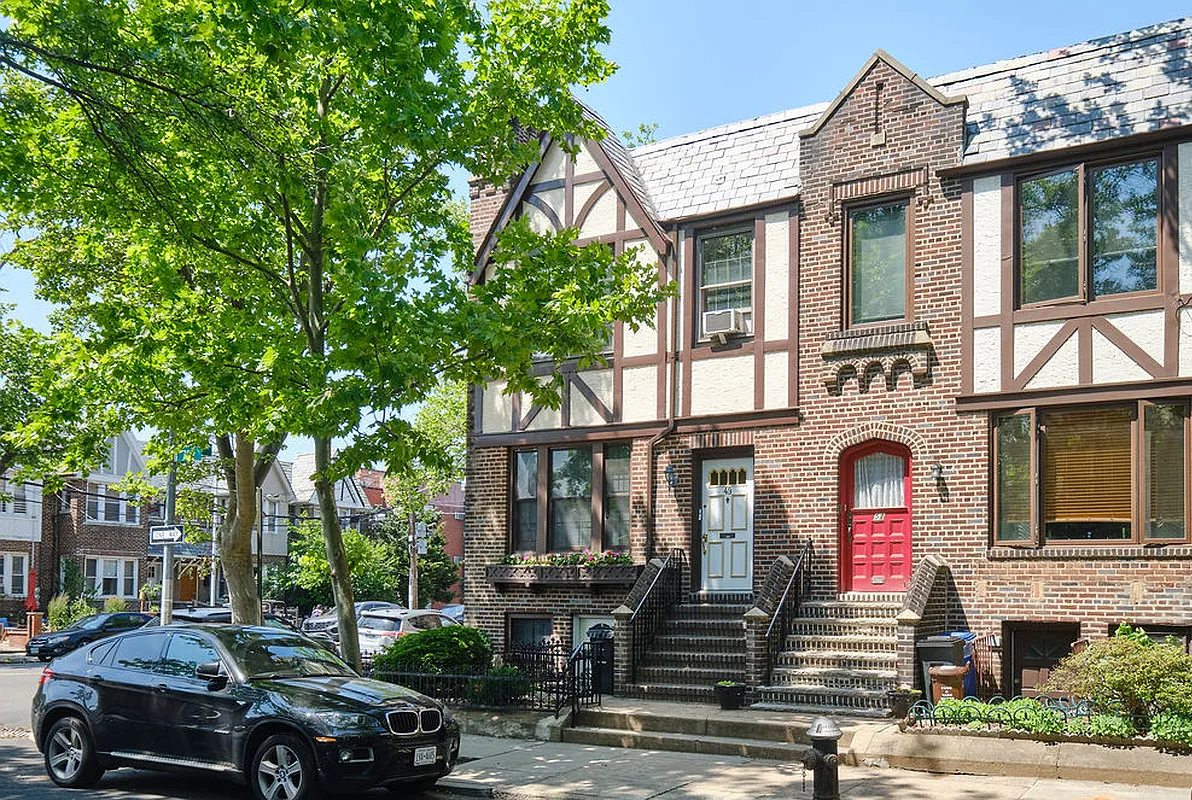
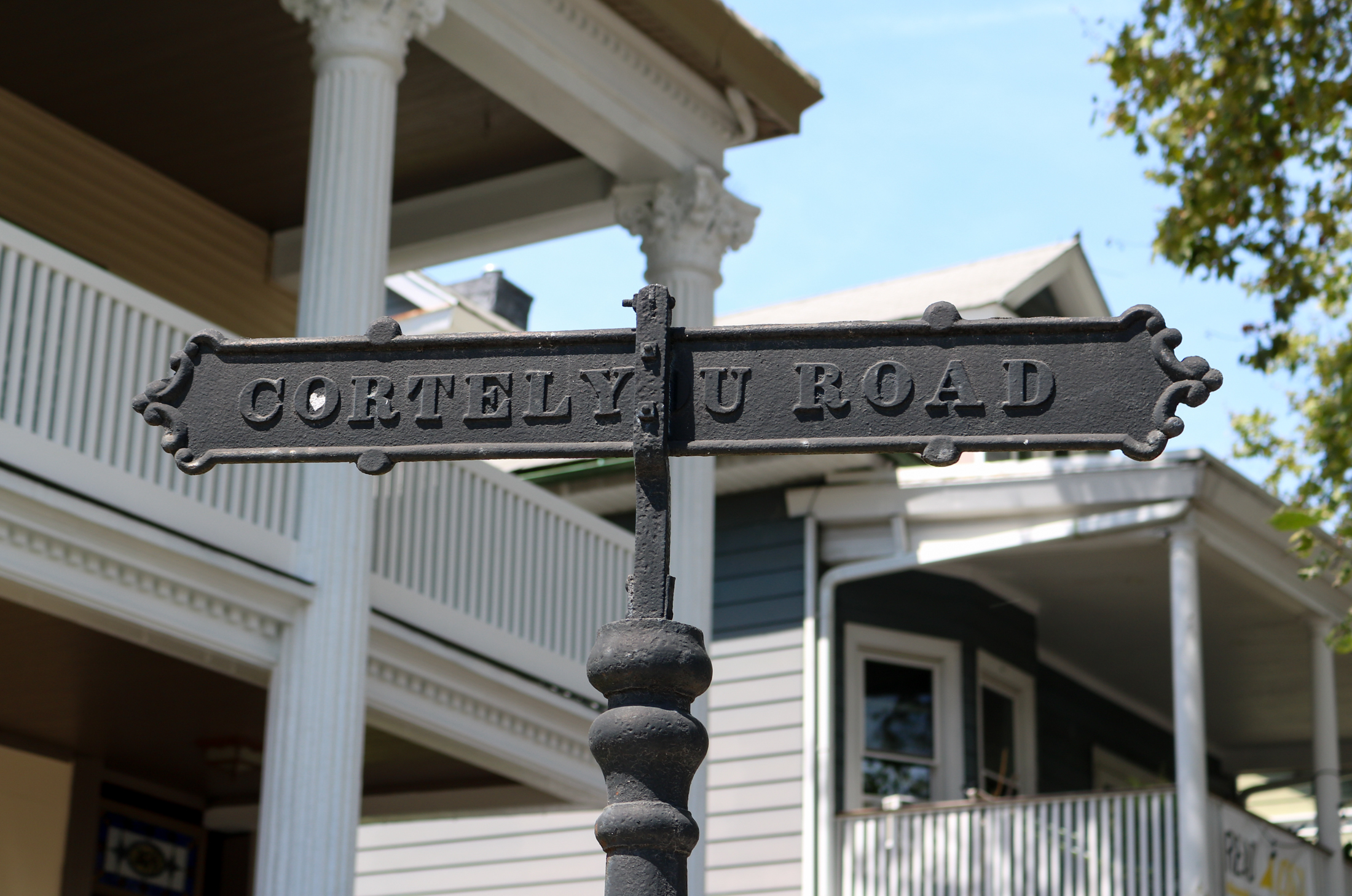
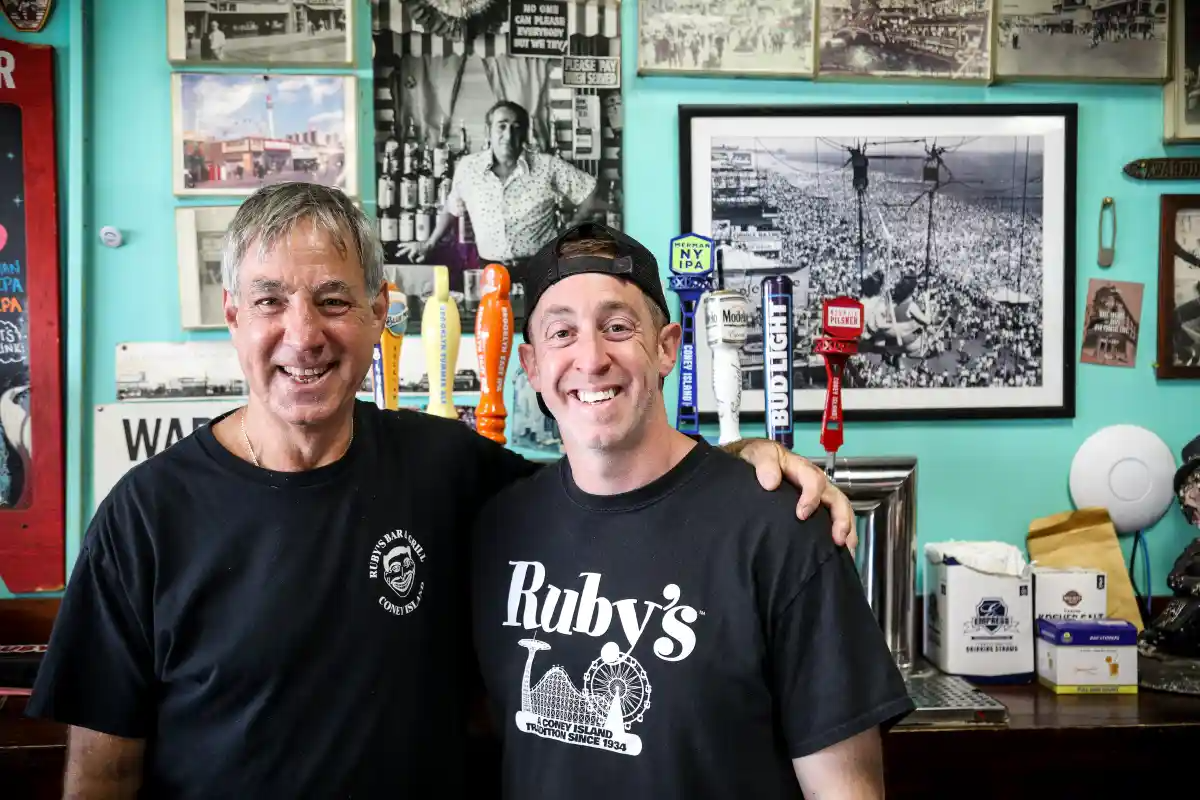
the Landlord just closed on a deal to demolish this beautiful building and put up a glass “health center,” whatever that is. shame.
I had to go to this branch of the East New York Savings Bank to sign for my student loan (because it was the bank’s main branch) even though I lived across the street from a branch in Queens. It is now one of the few M&T bank branches in the 5 boroughs.
That was in 1979, by the way. It’s sad to see the rest of the building empty, as it has been for years. If you take the Jackie Robinson Parkway to the end (from Queens) you end up on Pennsylvania Ave, just a few blocks north of the bank, which is at the intersection of Atlantic & Pennsylvania.